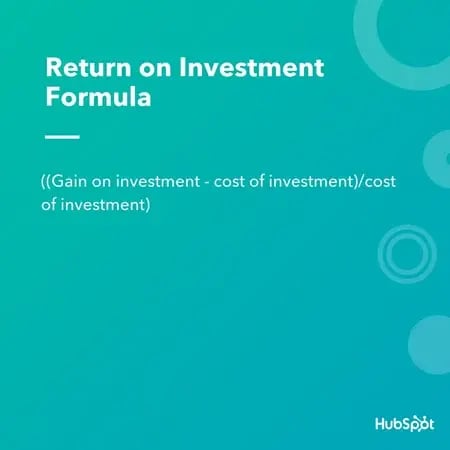We can get so loss-averse that we’ll take risks just to avoid a loss, like how we sometimes cling onto a stock that continues to plummet in value because we desperately want the price to magically shoot back up.
Needless to say, loss stings. And this rings especially true if you work in marketing. Allocating precious budget to the wrong campaigns or tools not only loses website visitors and leads, but it also wastes your spend -- money that you’ll never get back again.
Fortunately, calculating the opportunity cost of each decision you make can help you separate the campaigns and tools that actually produce results from the ones that only burn cash.
To help you avoid wasting your budget and losing website visitors and leads, read on to learn what exactly an opportunity cost is and a formula for calculating it.
What Is an Opportunity Cost?
An opportunity cost is the benefit you sacrifice by choosing one alternative over another.
For example, if you choose to allocate the last portion of your budget to Facebook advertising, and the next-best alternative is LinkedIn advertising, the opportunity cost of allocating budget to Facebook advertising is the loss of benefits you would’ve reaped if you allocated budget to LinkedIn advertising.
Opportunity Cost Formula
To calculate the opportunity cost of your chosen alternative, you need to predict the expected return on investment of each alternative and subtract the expected return on investment of your chosen alternative from the expected return on investment of the next-best alternative.
For example, if you expect an ROI of 50% from investing in Facebook ads and an ROI of 40% from investing in LinkedIn ads, the opportunity cost of investing in Facebook ads is -10 percentage points (40% - 50%).
However, since the opportunity cost of investing in LinkedIn ads is 10 percentage points (50% - 40%), this choice would incur a higher opportunity cost than investing in Facebook ads. We can then conclude that allocating budget to Facebook ads would be the better option.
If you need help calculating return on investment, the formula is ((Gain on investment - cost of investment)/cost of investment)

There’s an opportunity cost for not calculating your opportunity cost.
No marketer wants to squander their budget and lose business because they made an avoidable decision. But if you really want to bypass this type of loss and make the smart choice, consider getting analytical and calculating every one of your decisions’ opportunity cost. Otherwise, you might actually squander your budget and lose business -- and there’s nothing you can do about it.
Business Growth












